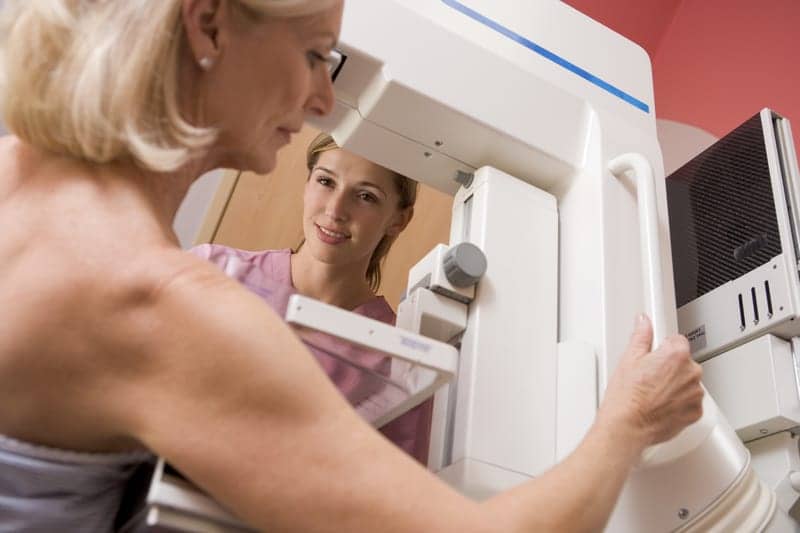In states that chose to expand Medicaid under the Affordable Care Act (ACA), lower-income women now have access to mammograms at a higher rate than in states that did not expand Medicaid coverage. Under the ACA, there has been an increase in the rate of insurance coverage, generally, and in the use of preventative health services, specifically, in states that expanded their Medicaid programs, according to researchers who analyzed seven states that expanded Medicaid in 2014.
“The ACA created a natural experiment in which some states expanded Medicaid and other ones did not,” says Christine H. Rohde, MD, MPH, FACS, senior study author and associate professor of surgery at Columbia University Irving Medical Center. “This research shows that Medicaid expansion through the ACA does have a significant impact on patients, specifically in terms of insurance coverage and mammography.”
As part of the ACA, states were given the option of expanding Medicaid to cover all adults at or below 138% of the Federal Poverty Level, and 32, including Washington, DC, had expanded Medicaid starting in 2014, when the study was initiated. [As of May 4, 2020, 37 states had adopted Medicaid Expansion.]
Rohde and her team analyzed the effects of Medicaid expansion on insurance coverage from 2011 to 2016 and preventive breast cancer screening from 2010 to 2018. They looked at data from the following Medicaid expansion states: Arizona, Colorado, Iowa, Kentucky, Michigan, Minnesota, and Rhode Island, and they compared that data with data from the following states, which did not expand Medicaid: Florida, Kansas, Nebraska, North Carolina, South Dakota, and Wisconsin.
According to their findings, 17.2% of the population in expansion states and 15.2% of the population in nonexpansion states were enrolled in Medicaid in 2011. As of 2016, expansion states saw an increase to 22.1% enrolled in Medicaid, compared with 16.2% of the population in nonexpansion states.
The researchers found a greater increase in mammography rates among 50- to 74-year-old women from lower income households in expansion versus nonexpansion states. Specifically, among 50- to 74-year-old women who make less than $15,000 per year, the rate of mammography in expansion states was 62.6% in 2010, increasing to 73.8% in 2018. In nonexpansion states, the rate of mammography for this group increased from 68.2% in 2010 to 69.3% in 2018.
According to Dr. Rohde, there are many factors that affect a patient’s treatment decisions:
- Whether the patient has insurance
- Whether the patient is getting mammograms
- If cancer shows up on the mammogram, whether the patient sees a breast surgeon for a mastectomy, if needed
- If the patient has a mastectomy, whether she sees a plastic surgeon for reconstruction
“There are distinct steps in navigating through the healthcare system where having insurance or not can play a role in whether you progress through that track,” Rohde says.
“These results demonstrate that when given the opportunity, people take advantage and enroll in available insurance and that this expanded eligibility may more preferentially benefit historically underprivileged groups such as those of lower socioeconomic status,” the researchers concluded.
The current study is part of a multistage analysis. Rohde and her fellow researchers plan to study the effect of Medicaid expansion on mastectomy and reconstruction rates in the future.
Read more from the American College of Surgeons and find the study in the Journal of the American College of Surgeons.






